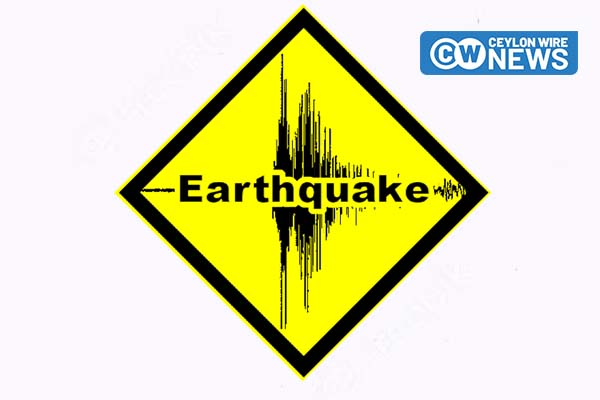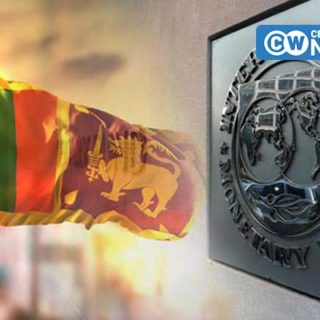Pakistan experienced its third earthquake within 24 hours on Sunday, according to the National Center for Seismology (NCS). The latest tremor measured 3.8 on the Richter Scale and occurred at a shallow depth of 15 km, increasing the likelihood of aftershocks.
In a post on X (formerly Twitter), the NCS reported:
“EQ of M: 3.8, On: 29/06/2025 11:21:10 IST, Lat: 32.03 N, Long: 72.31 E, Depth: 15 Km, Location: Pakistan.”
Earlier the same day, a 4.5 magnitude quake struck at 8:02 a.m. IST with a depth of 10 km. The NCS said:
“EQ of M: 4.5, On: 29/06/2025 08:02:51 IST, Lat: 30.24 N, Long: 69.86 E, Depth: 10 Km, Location: Pakistan.”
The first of the three earthquakes occurred at 3:54 a.m. IST, registering a magnitude of 5.2 at a deeper depth of 150 km.
“EQ of M: 5.2, On: 29/06/2025 03:54:02 IST, Lat: 30.25 N, Long: 69.82 E, Depth: 150 Km, Location: Pakistan,” the NCS noted.
Shallow earthquakes—such as those with depths of 10 to 15 km—are generally more hazardous than deeper ones because seismic waves have less distance to travel, resulting in stronger ground shaking and a higher potential for damage and casualties.
So far, there have been no reports of casualties or major infrastructure damage. Authorities are monitoring the situation closely as further updates are awaited.
Pakistan lies in one of the most seismically active regions of the world, situated at the intersection of the Indian and Eurasian tectonic plates. The western provinces—Balochistan, Khyber Pakhtunkhwa, Gilgit-Baltistan, and the former Federally Administered Tribal Areas—rest on the southern edge of the Eurasian plate, while Sindh, Punjab, and Pakistan-occupied Jammu and Kashmir lie on the northwestern edge of the Indian plate. The collision of these two plates frequently results in powerful and destructive earthquakes.
Source: Asian News International











